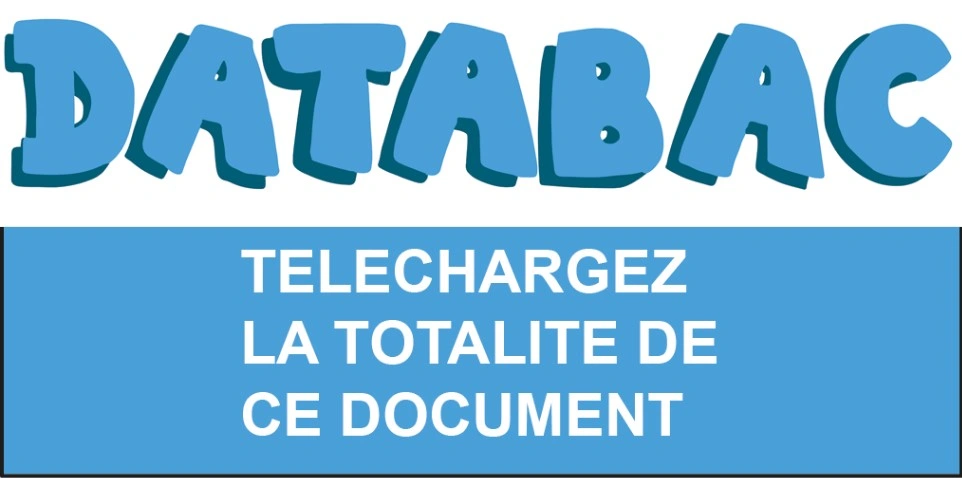article
Publié le 23/05/2020

Extrait du document
«
“FREE THE FOUR”
The movie is about the Guilford Four case, four young people, wrongly convicted
to jail, for having planted bombs in a pub in England in 1974.
The Irish filmmaker, Jim Sheridan denounces, through this miscarriage of justice,
the mistakes committed by the British police toward Northern Ireland people.
This
involved part is not the only one in this movie because the director is also
interested in the powerful relationship between Gerry Conlon and his father
Giuseppe.
Built on a succession of flashbacks, the movie starts with the description of
Belfast’s every day, Gerry Conlon’s delinquent life and an impressive riot scene in
the city’s streets, on the “Voodoo Child” song by Hendrix.
This spectacular clip
shows all the tensions in Northern Ireland in 1974, but also the solidarity between
the inhabitants and the IRA’s role in the city.
The next sequences of the film are for the majority taken in jail or in the court.
Questioning, police brutality, the movie built itself on a feeling of rebellion and
rage provoked by the injustice.
Finally, the spectator has a ray of hope when a
lawyer decides to take the file and to prove the innocence of the four young
defendants.
The actor Daniel Day-Lewis is brilliant in the film.
He perfectly embodies the
different sides of his character, from the oblivious delinquent to the convicted son
who wants to avenge his father’s death.
In the father’s role, Pete Postlethwaite is
amazing and he shows that a second role can be as memorable as a first one.
His
acting expresses the different feelings of love toward his son, anger or frustration
faced with the injustice.
Emma Thompson, in Mrs.
Pierce’s role, is really
convincing, she is able to touch the spectator, particularly in the Court, when she
screams to let the truth prevail.
The film is really rich in emotions, there are lots of touching sequences, from the
riots to the ending scene, via the father’s death.
The spectator is caught by the
movie and can’t move until the end until to know if the truth will prevail.
About
the music, there are lots of different genres, from Bob Marley to Hendrix, which
are perfectly compatible with the movie.
To me, the most emblematic scene is the ending one, which is really moving,
because of the strength of conviction that Gerry has when he talks, the
denunciation of the miscarriage of justice and the wish of the truth’s triumph.
The
last sentence of the extract is strong and installs an idea of a quest for the
justice, “in the name of my father and of the truth!”.
»
↓↓↓ APERÇU DU DOCUMENT ↓↓↓
Liens utiles
- HGGSP : Fiche de Lecture article Wagner
- oral bac: Commentaire du texte : DIDEROT Encyclopédie article « Raison »
- articles olympe de gouges: article 10 à 13
- Article en anglais - artificial intelligence
- Histoire Article de Journal sur l'année 1989


